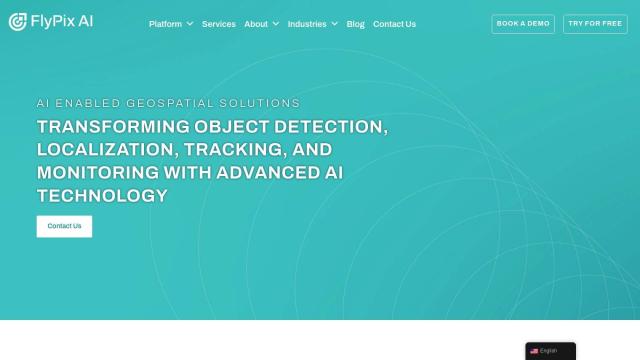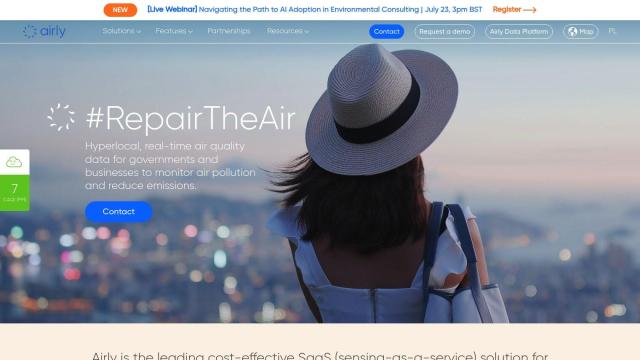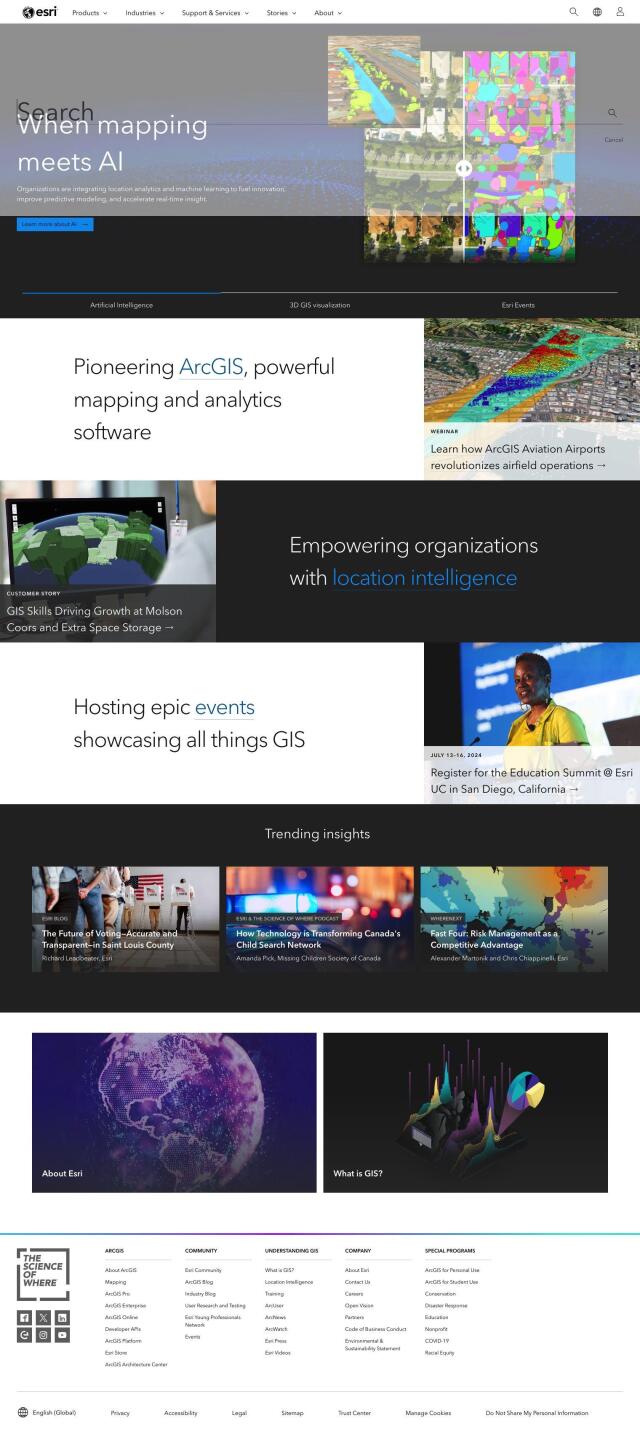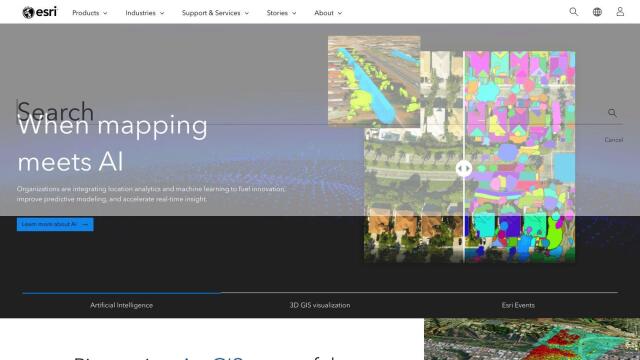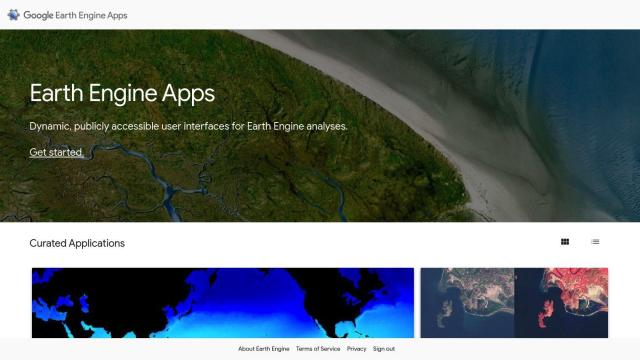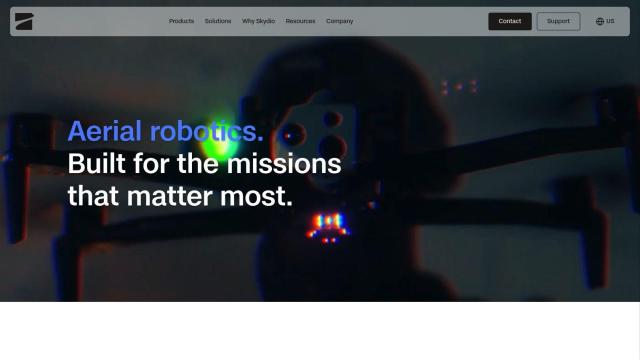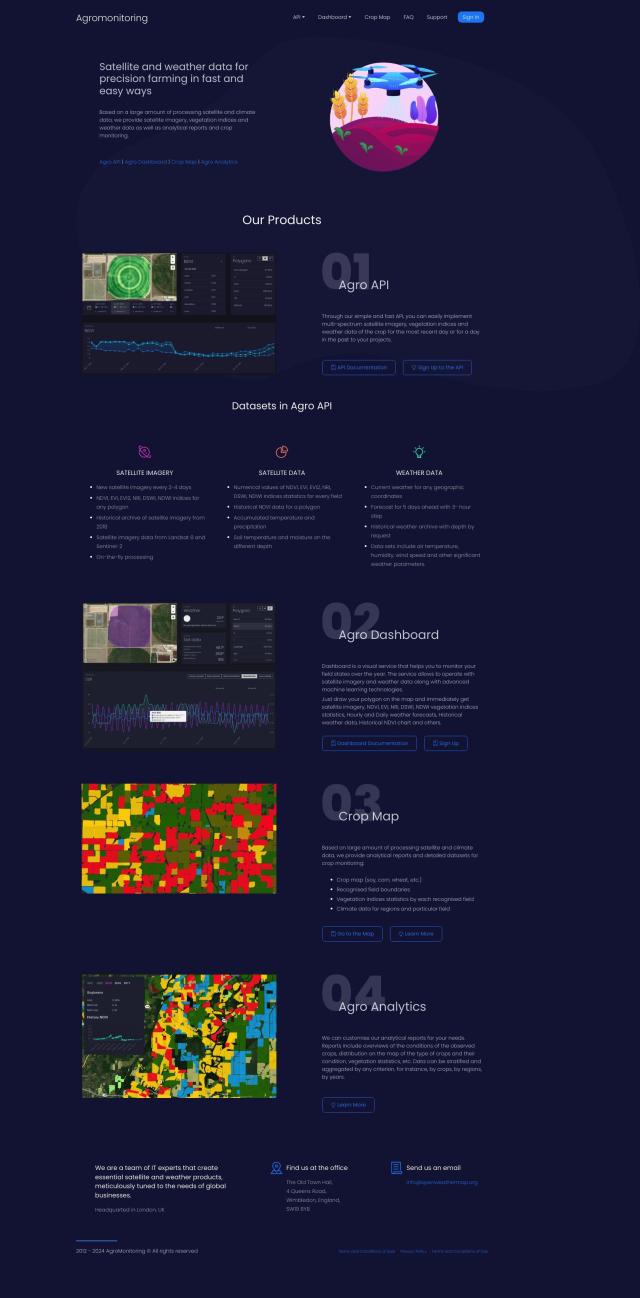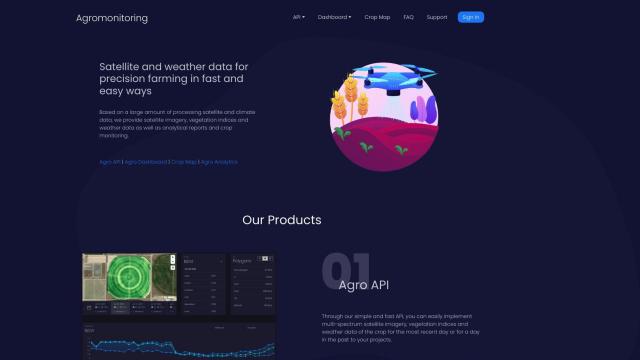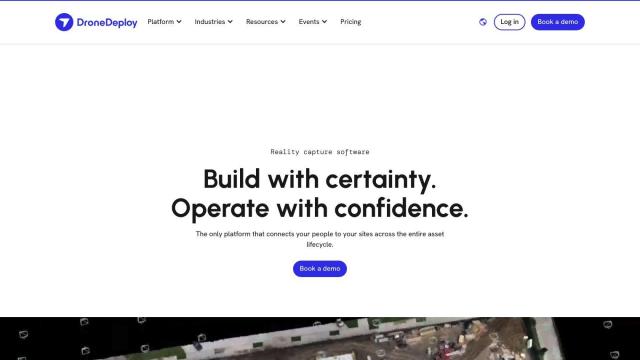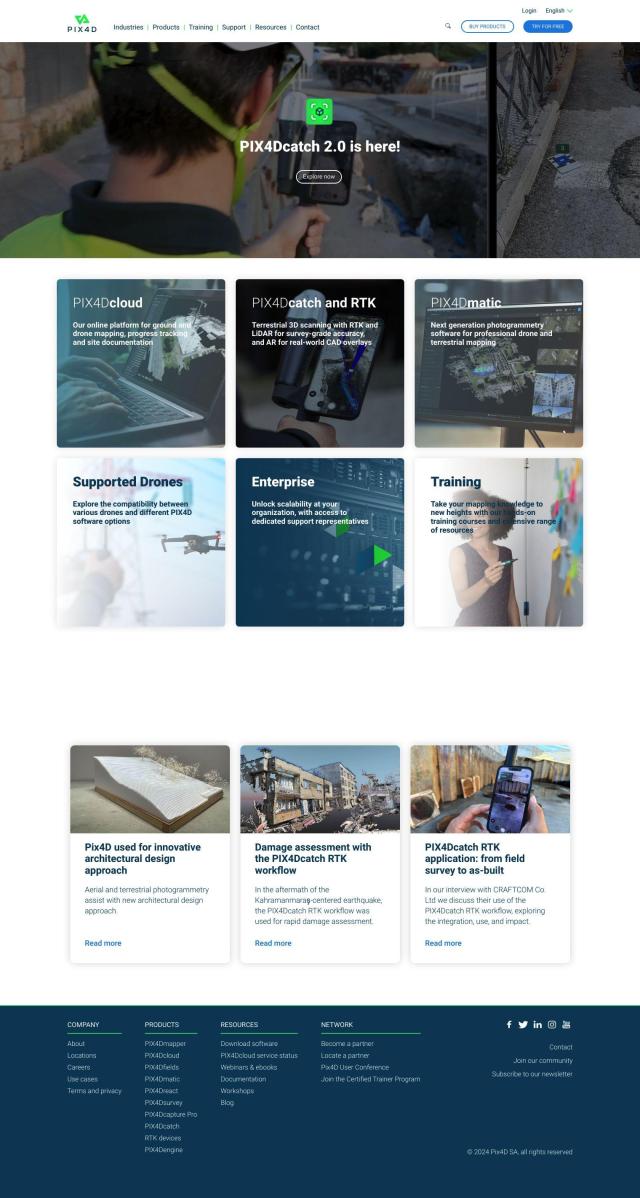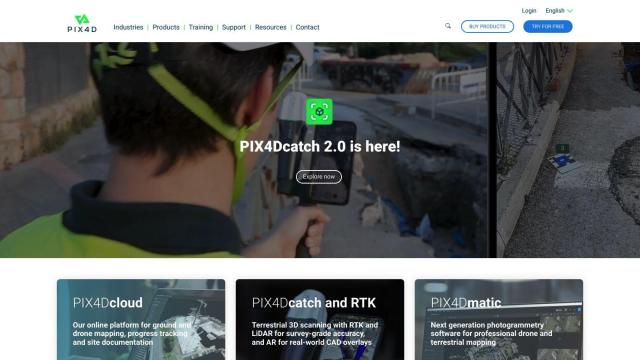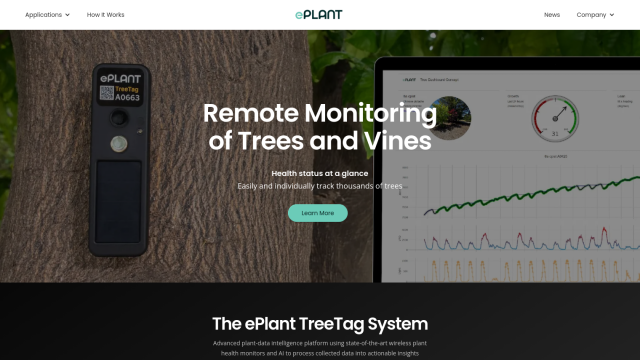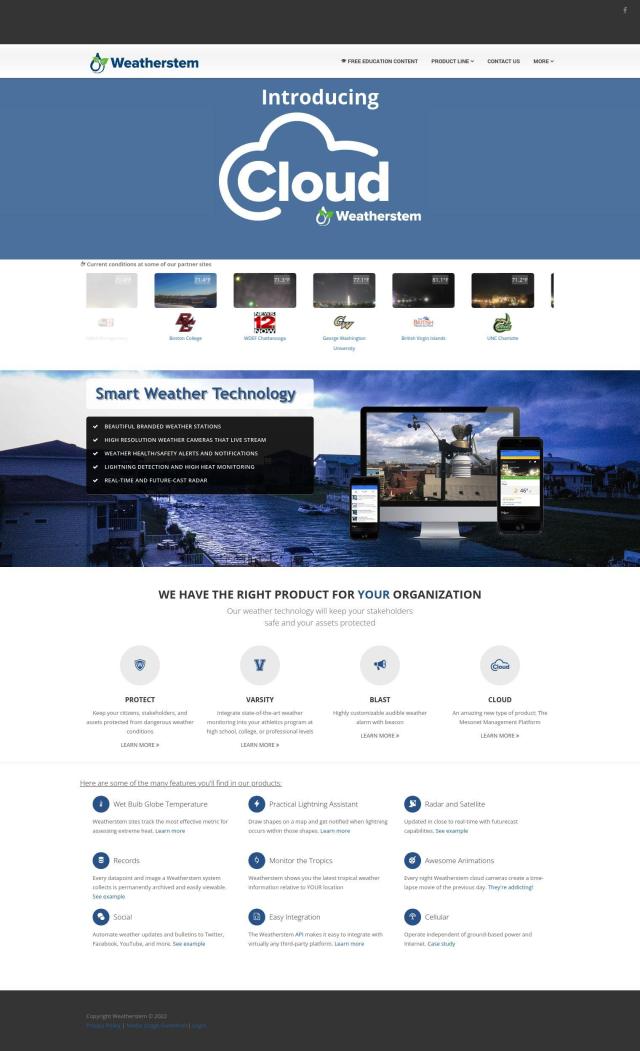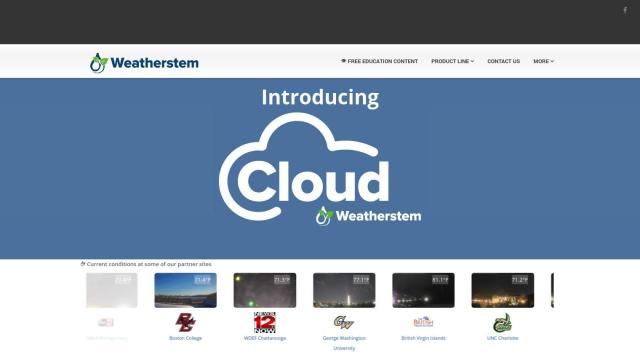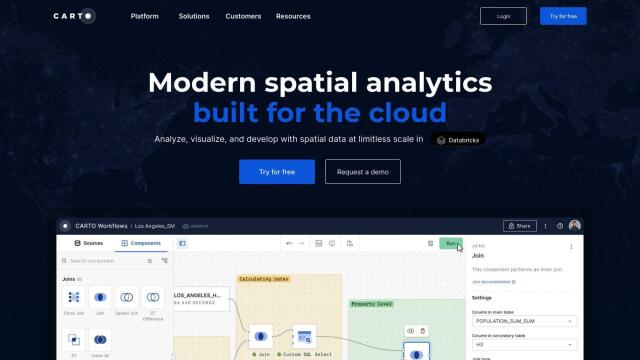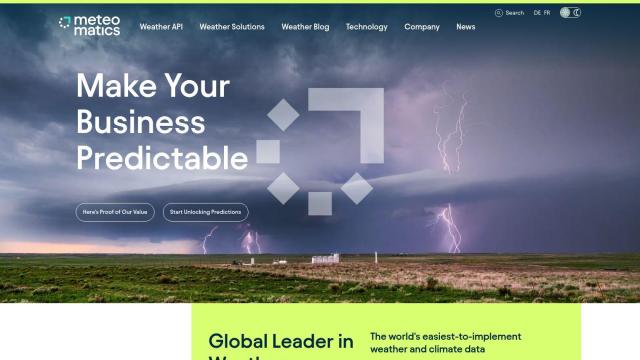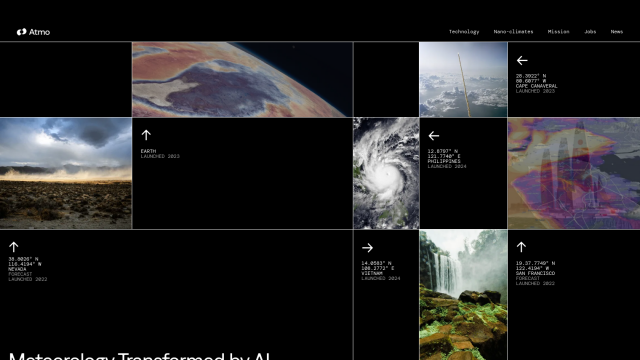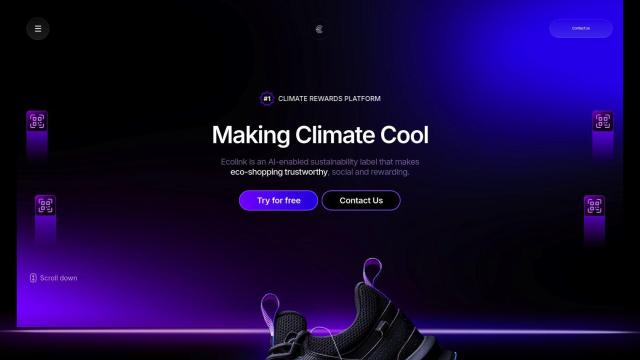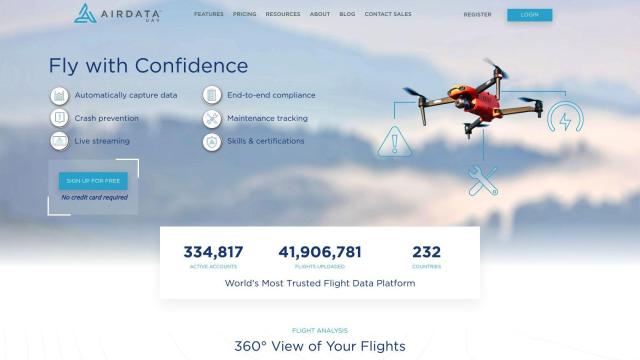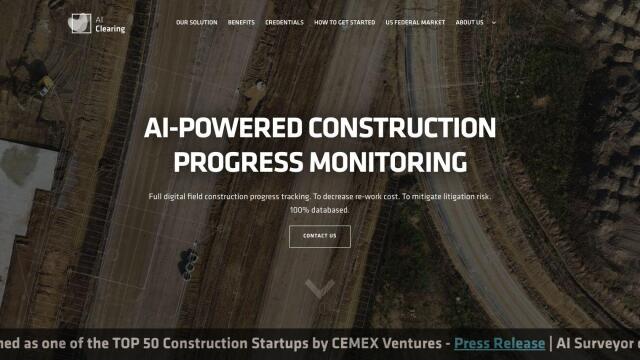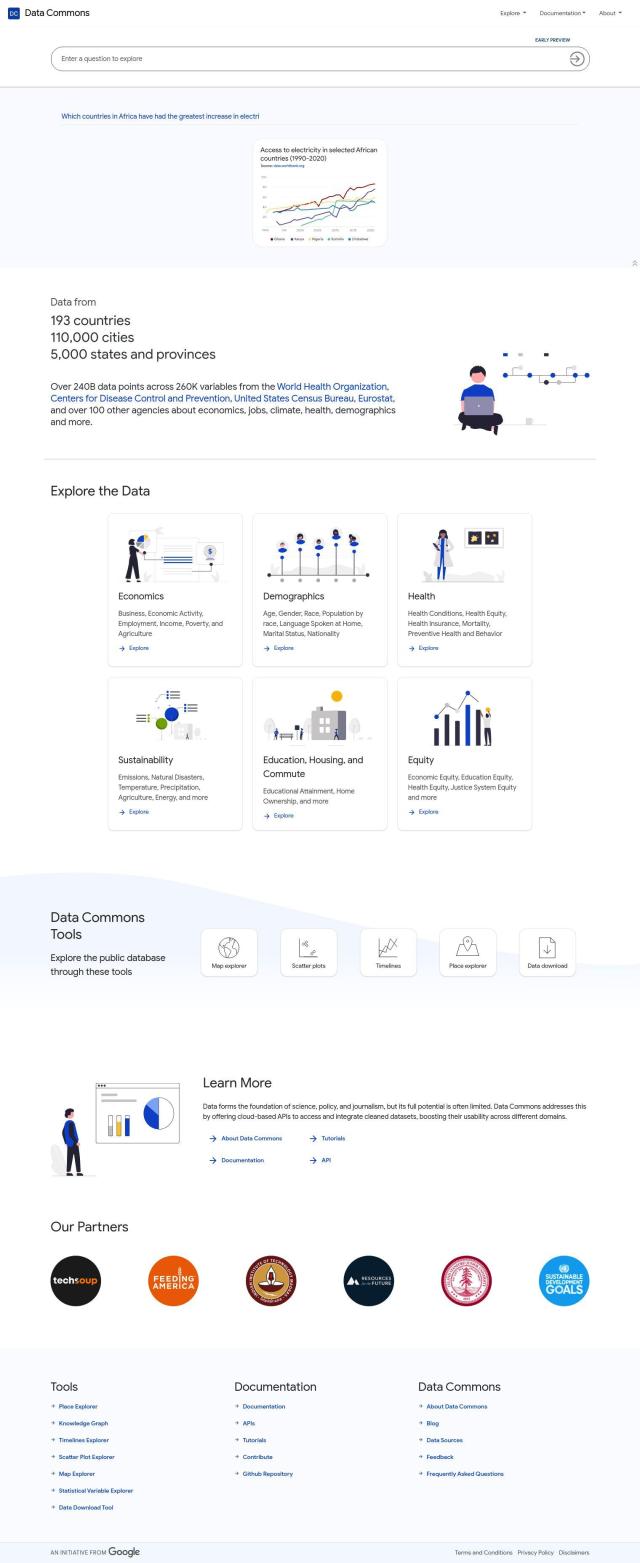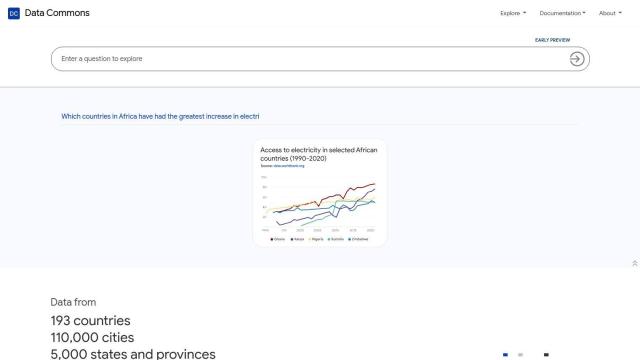Question: Can you find a platform that uses satellite imagery to monitor and track environmental pollution?
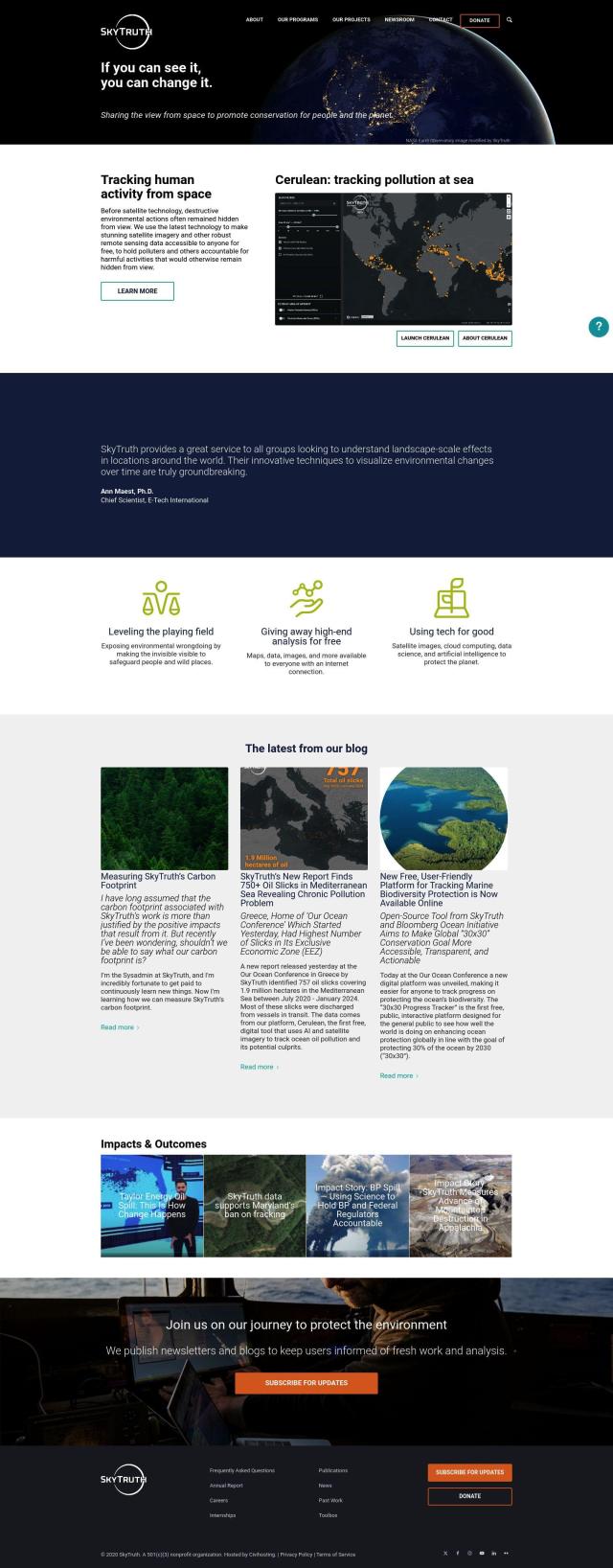
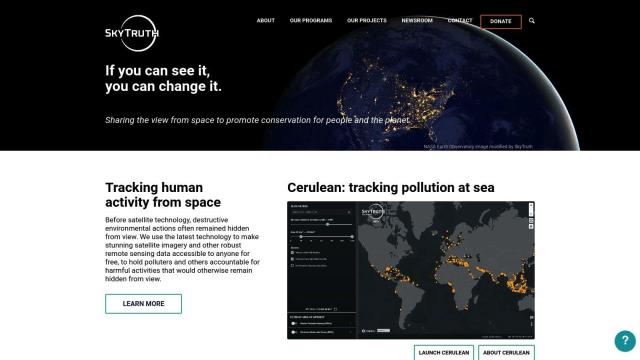
SkyTruth
For monitoring and tracking environmental pollution with satellite imagery, SkyTruth is a good option. It uses satellite imagery and remote sensing data to aid conservation and accountability efforts. SkyTruth offers free access to satellite imagery and advanced monitoring tools, like Cerulean for monitoring ocean pollution and SkyTruth Alerts for mapping and monitoring changes. Through government satellites and private partnerships, it offers advanced analysis tools for free to promote conservation and accountability.
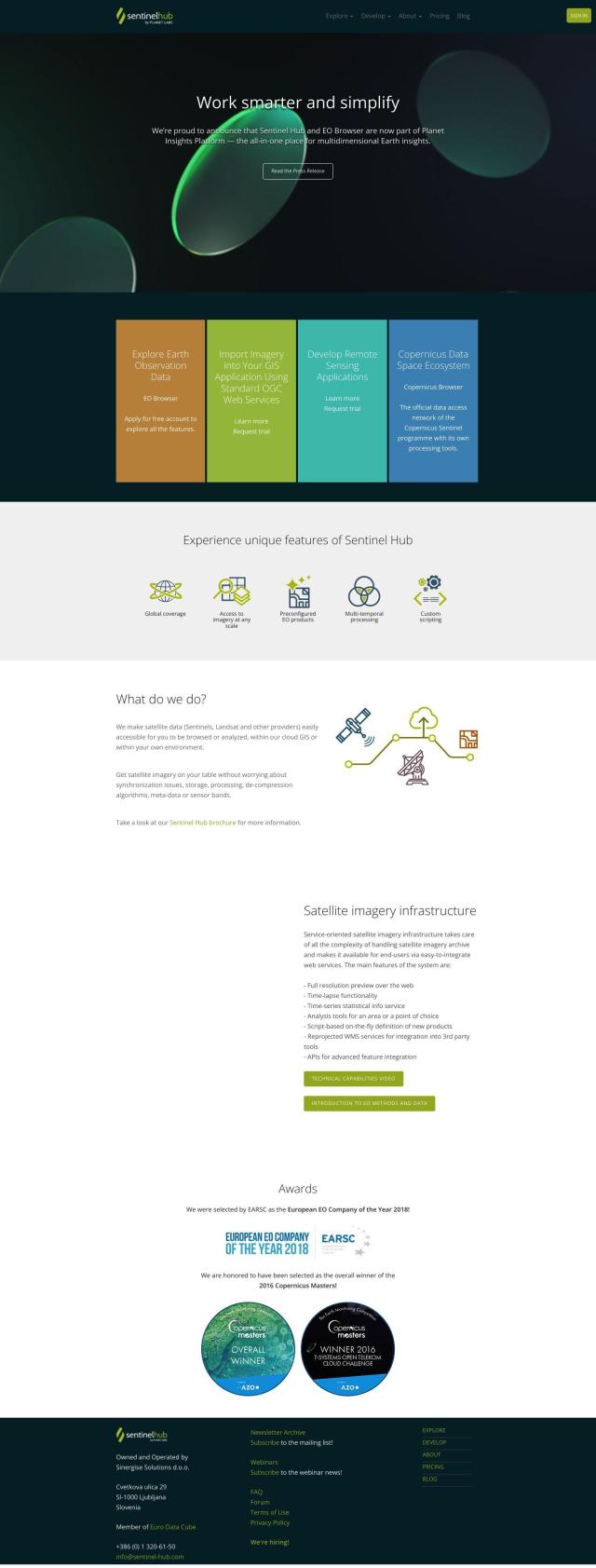
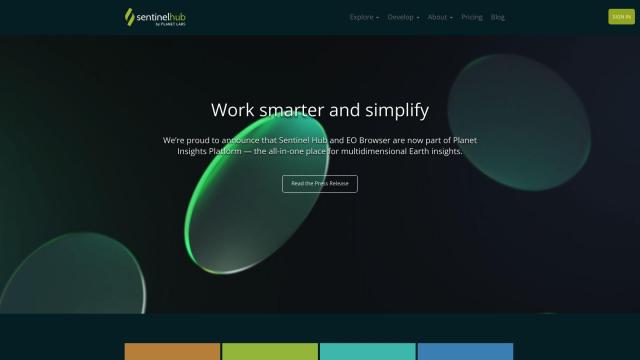
Sentinel Hub
Another good option is Sentinel Hub. This cloud-based API makes it easier to access satellite imagery from sources like Sentinels and Landsat, and it can be easily integrated into other remote sensing projects. It includes tools like EO Browser for exploring and comparing high-resolution imagery, and custom visualizations. Sentinel Hub handles the grunt work of data processing and storage so you can concentrate on analysis and applications, and there's a free tier for non-commercial use.

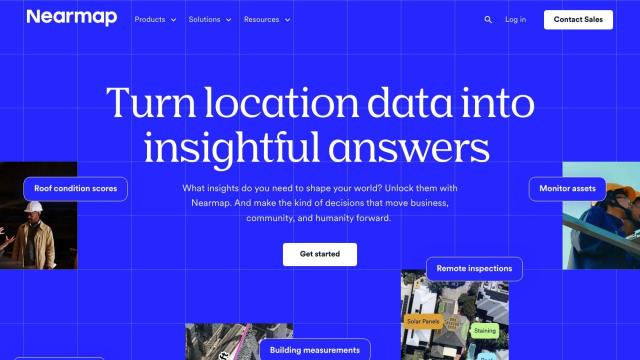
Nearmap
Nearmap is a full-featured location intelligence platform that includes AI predictions and geospatial tools. It offers high-resolution imagery, 3D modeling, and near-infrared imagery for environmental monitoring. Nearmap is used in urban planning, emergency services and environmental impact assessments, helping businesses and governments make more informed decisions.

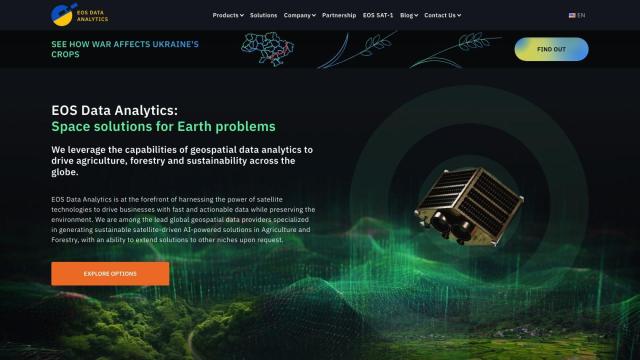
EOSDA
Last, EOSDA offers geospatial data analytics using satellite imagery and machine learning algorithms. It helps businesses in agriculture and forestry with crop monitoring, yield forecasting and forest monitoring. EOSDA's tools, like LandViewer for storing and processing satellite imagery, can provide insights that can help improve sustainability and decision-making in these areas.

